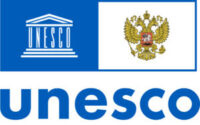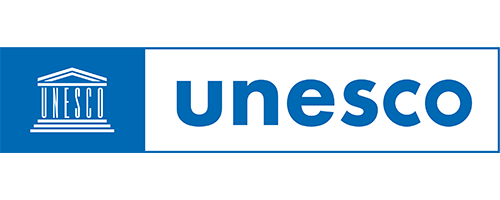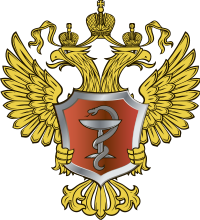Some ideas for digital support of students’ actions in preschool and first-grade counting
Keywords
preschool and primary Maths, counting, digital support of actions, developmental instruction approach
Abstract
The use of digital support for preschool and first-grade education is an urgent and disputable question. It is thus even more important to analyse the content of actions, which we plan for students to acquire. Only then it is possible to assign the appropriate functions to a software. In our study we followed Davydov’s analysis of the action of counting as a prerequisite for the wholesome Maths curriculum design. Our research aim is to study the psychological conditions for preschool and first grade students to acquire and appropriately perform a possible procedure of counting, required for the number-concept formation. We exploit the context of adding or removing some tokens to the “hidden” amount, signed with the corresponding number - so that the students cannot count each object directly. We have devised the general comprehensive view of the necessary support for mediated “counting up” and “counting down” and the series of tasks, varied according to modifications suggested in Galperin’s theory of planned step-by-step formation. We have conducted two cycles of experimental teaching (over 20 hours each, 10 participants in total, 6 years of age). The data collected (video-taped classroom discussions, students’ drawings, pre- and post-test diagnostics) showed significant progress and allows us to consider our hypothesis on the content of students’ actions as a feasible perspective for future research. Moreover, the analysis of the content of actions, which will presumably provide children with a solid basis for number-concept development, defines particular requirements for the digital support design. The computer is to provide the place to work with suitable tokens and special modelling means, the “unbiased” feedback on whether the calculated answers suffice, and the opportunity for teachers to vary task conditions as planned.
Video
Prezentation

Russian Psychological Society
e-mail: ruspsysoc@gmail.com

Federal Scientific Center for Psychological and Interdisciplinary Research,
Moscow, Russia
e-mail: forumdigitalchildhood@gmail.com

Psychology Department of the Lomonosov Moscow State University,
Moscow, Russia
e-mail: psy@psy.msu.ru









